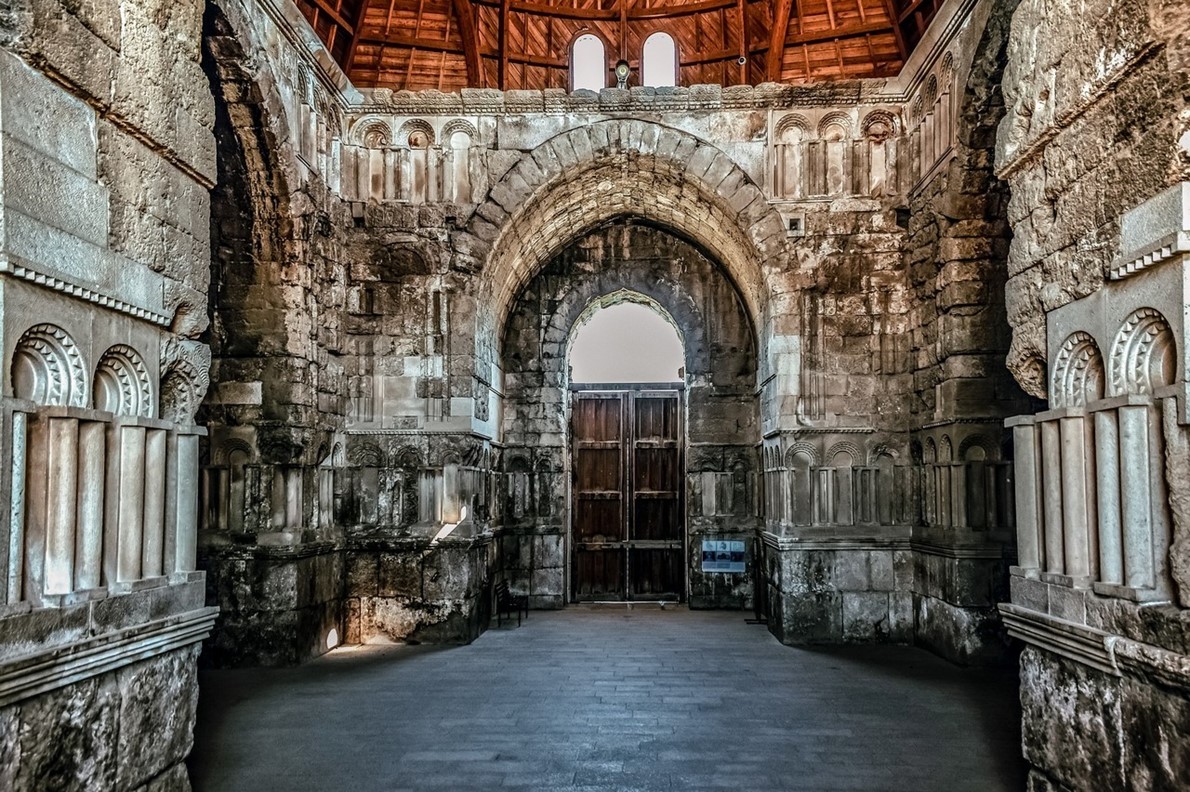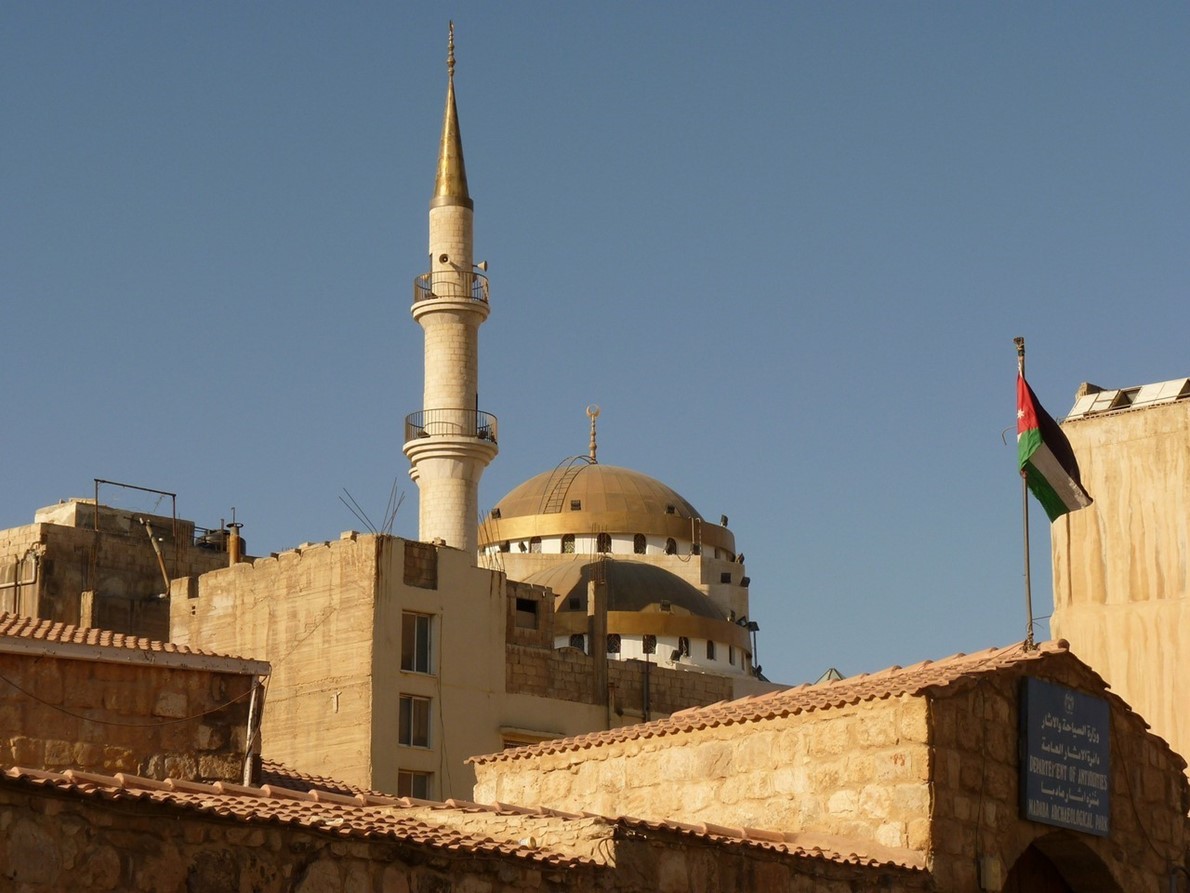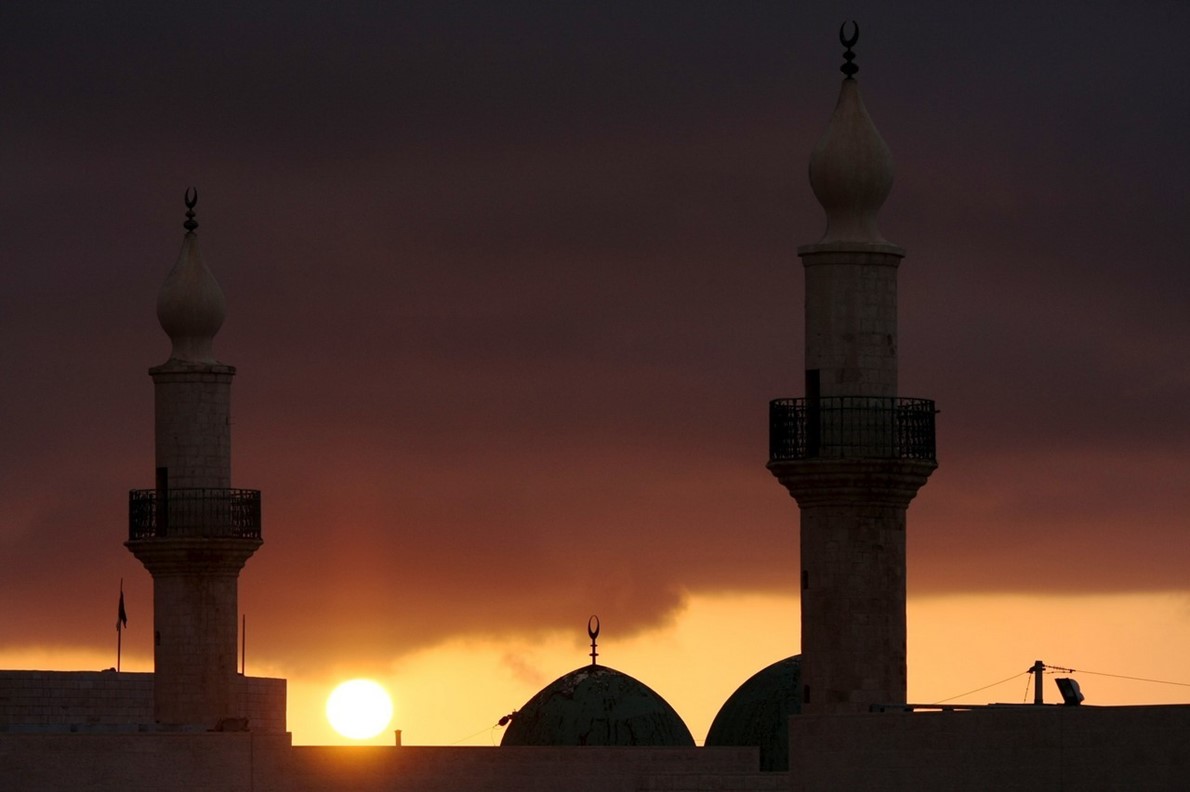The launch of the revised electronic edition of the “Islamic
Heritage Sites in Jordan” project, published by German Professor Thomas
Weber-Karyotakis and Jordanian architect
Ammar Khammash on an electronic
platform as open content for all researchers, follows the effort to digitize
all of the architectural, historical, and geographical information about more
than 450 Jordanian heritage sites.
اضافة اعلان
The project was funded by Gerda Henkel Stiftung Foundation
and prepared by MA students enrolled in the Architectural Conservation program at
the
German-Jordanian University. All of the students involved in the project
studied at the university’s School for Architecture and Built Environment in
the academic years 2017-2020. Helping to edit the updated version were Hussein
Al-Azaat, Nader Atiyeh, and Nedhal Jarrar.
Weber-Karyotakis told
Jordan News that the main purpose of
the project is to raise awareness about Jordan’s rich cultural heritage. “Most
of these monuments have been reported by travelers in the 19th and 20th
century, but many have been left unstudied,” he said, adding that many of these
Islamic heritage monuments have even been destroyed over time. Several of them
are still threatened by destruction due to ignorance of their historical and
religious value.

“As a historian, I feel indebted to all of them, explore all
of them with equal respect, care and attention, and strive to create awareness
about their value in their societies,” Weber-Karyotakis said, adding that he
has been a “long-term guest in several Islamic countries” during his active
professional life.
That makes it only “logical that I personally feel a special
relation with the Islamic past and cultural heritage of these countries”, the
professor said.
“There are many places of historical commemoration and the
tombs of the Prophet’s companions east of the river Jordan. This is why Jordan
has a high rank in Islamic history,” Weber-Karyotakis said.
The importance of having this project in Jordan is that it
helps to develop religious tourism, he added.

It also “helps reinforce local Islamic traditions and
narratives, which are endangered”, he further said.
According to Weber-Karyotakis, documentation is a key factor
in cultural heritage conservation.
“Knowledge and awareness are the most important factors for
the maintenance of a site or a monument,” he believes.
“In my lectures, I frequently say: You can conserve only
what you know and what you are aware of,” he added.
Conservation architect and digital content creator for the
project Nedhal Jarrar was responsible for transferring the entire project’s
geographical lexicon to the internet and making the content available to all
researchers.

He told
Jordan News that the project, “in its second
improved and expanded electronic version”, includes more than 450 Islamic sites
dating back from the time of the Rashidun Caliphs to the end of the Ottoman
Empire, early 7th century to early 20th century AD.
“It is estimated that this number constitutes only 30 to 40
percent of the total stock of monuments of this category preserved in Jordan,
which we seek to cover completely in the future,” Jarrar said.
The project sheds light on only a small part of the
country’s rich Islamic cultural heritage, he said, adding that it contains, in
alphabetical order, sites of mosques, tombs of the Prophet’s companions, and
other memorials of Jordan’s rich Islamic history.
“It can be considered one of the most important projects
that recorded the Islamic heritage of this region of the world over the course
of 13 centuries,” he said.
Read more Lifestyle
Jordan News



